Special Operations Command North, or SOCNORTH, is in the process of converting six Chevy Suburban sport utility vehicles to better meet the needs of its Crisis Response Team. The White House Communications Agency had previously used these already heavily modified “Roadrunners” to provide critical command and control and communications support for presidential motorcades, something you can read about in great detail in this past War Zone feature. We now have pictures of the outside and inside of these SUVs that offer a unique look at their previous lives and future roles.
Air Force Space Command (AFSPC), which is managing the vehicle modification contract for SOCNORTH, posted the set of photos on the U.S. government’s main contracting website FedBizOpps on July 24, 2019. The headquarters for AFSPC, SOCNORTH, and U.S. Northern Command are all at Peterson Air Force Base in Colorado. The six Roadrunners are presently there and the Air Force says it would prefer whichever contractor it hires to do the work on the base, though it is willing to consider offers from companies wishing to use facilities up to 80 miles away.
It is not entirely clear when SOCNORTH acquired the Roadrunners for its Crisis Response Team (CRT) or how long they have been in service with the White House Communications Agency (WHCA) before that. Last year, photos emerged of a Ford F350 Super Duty-based Roadrunner replacement, indicating that the WHCA might begin to retire the old Chevy Suburban-based types, which is likely how these examples became available to the CRT in the first place. It’s also not clear if the CRT has been employing these vehicles operationally or in training already.
The pictures show the SUVs still have their characteristic roof-mounted base for the original configuration’s antenna array, but with an X-shaped UHF satellite communications antenna in the center rather than the cakepan-shaped one seen on more recent WHCA vehicles. Roadrunners have also been seen in the past with a more dome-shaped GV2432 UHF satellite communications antenna. Markings on the roof do seem to show where a circular antenna of some sort had been installed before.
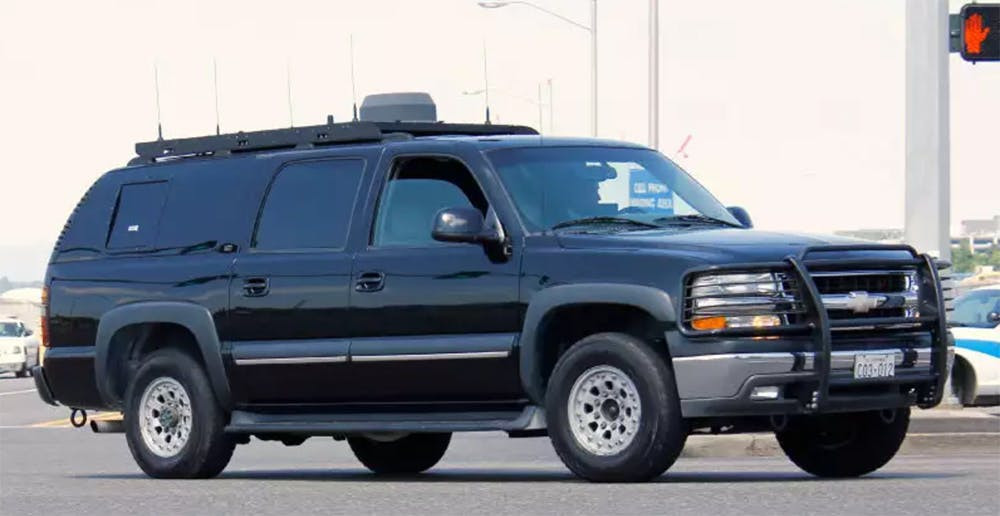

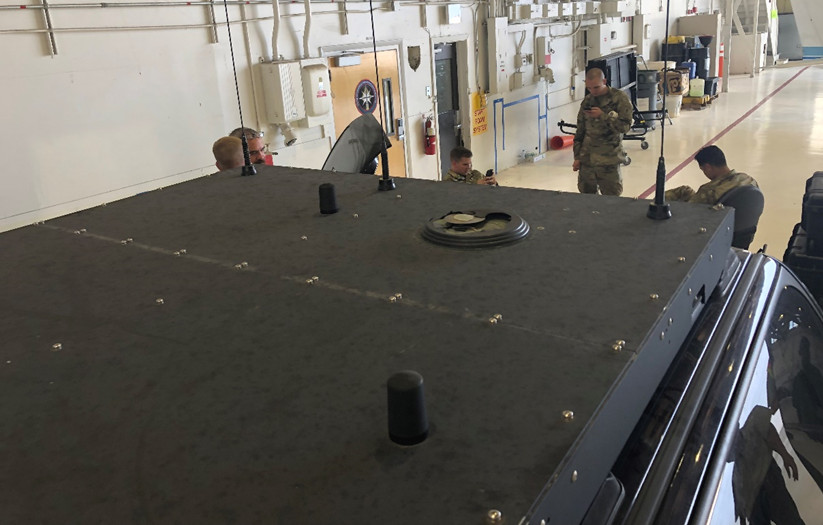
From what else we can see of the Roadrunners in their present configuration, it is clear that WHCA vehicles are extremely jam-packed in the back. Pictures show a large equipment rack in the center and two additional ones all the way to the rear. SOCNORTH’s CRT wants the center rack and the rear left rack gone entirely, along with various cabling and connections that go along with them.
The right rear rack will hold a variety of new networking equipment, including one Cisco router and three DTECH servers per vehicle. Each vehicle will also have three hardened laptops that can connect to the vehicle’s onboard network.
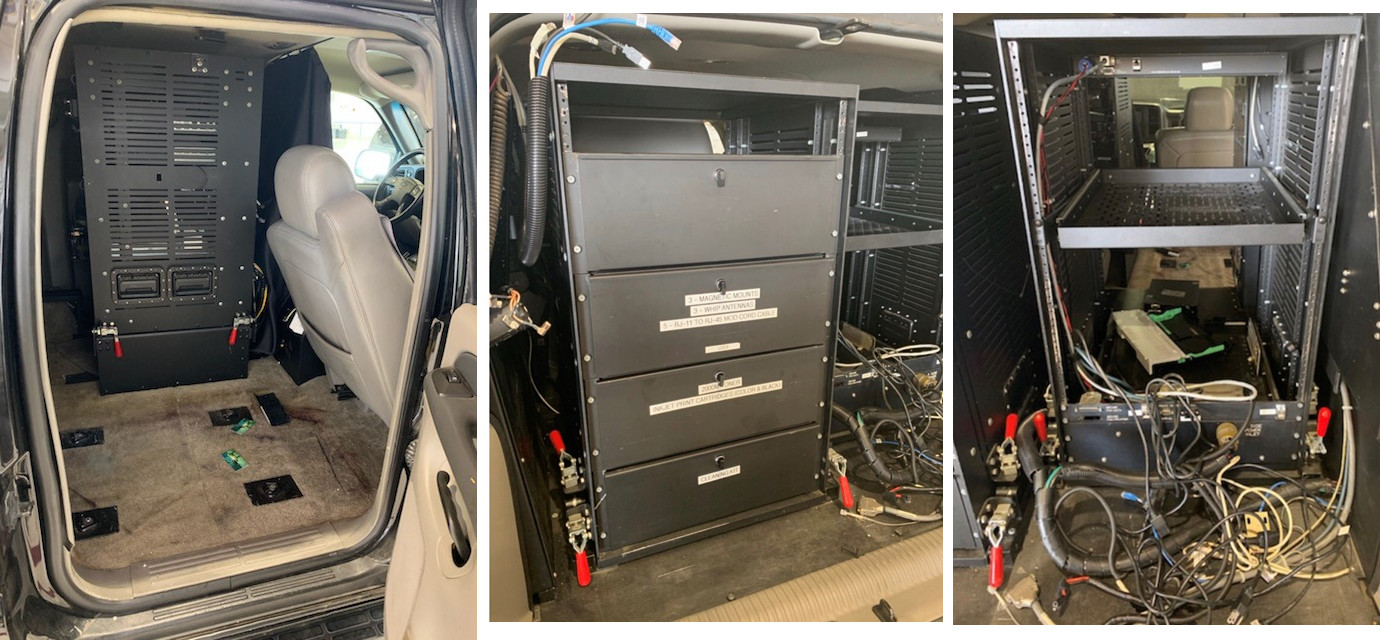

Up in front, SOCNORTH wants each vehicle’s center console to hold and power two AN/PRC-152 Multiband Handheld Radio tied to a larger AN/PRC-117 Multiband Manpack Radio. Both of these are common radios throughout the U.S. military.
The center console also needs to have holders for one walkie-talkie-like Harris RO handheld satellite radio, also known as the Distributed Tactical Communications System (DTCS), and an Iridium SHOUT nano, a handheld satellite communications device capable of sending and receiving text messages and serving as a GPS tracking beacon.
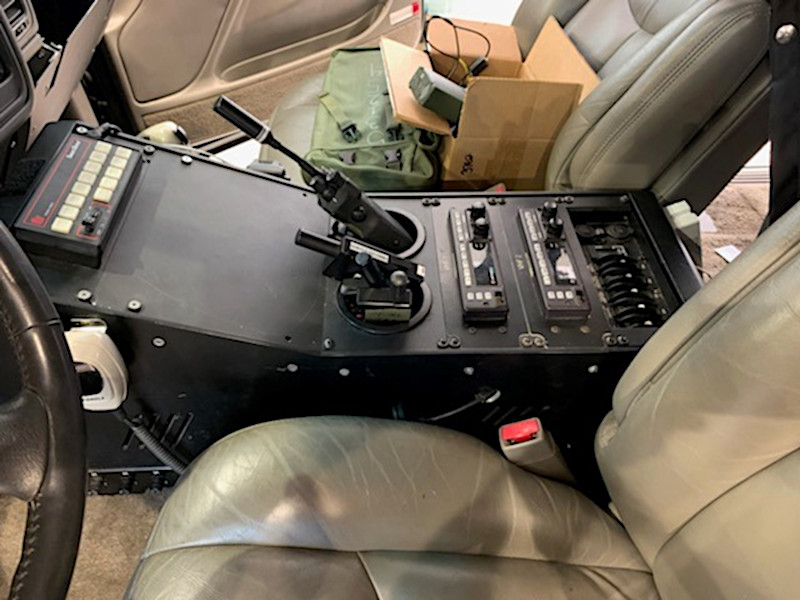
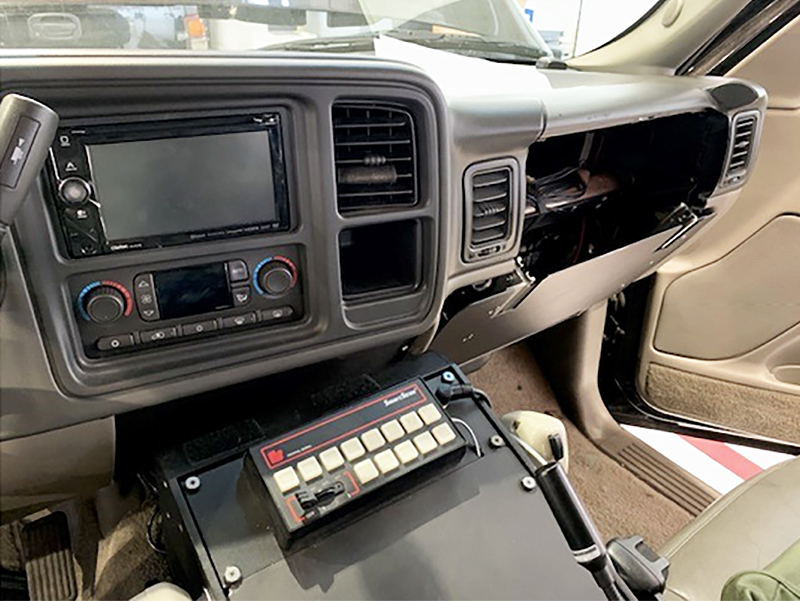
SOCNORTH’s requirements also indicate that the vehicles will be able to serve as a hub for a semi-fixed command center, as well. The external power panel, carried over from the WHCA Roadrunner configuration, had to be able to support a dismounted Panther satellite communications terminal, and its associated antenna, a system that is also known with the U.S. special operations community as the Special Operations Forces Deployable Node Light (SDN-L) V3B.
The contracting documents also call for retaining a number of antenna bases, cabling, and power connections within the vehicle in order to provide capacity for adding new and additional systems down the line. This could include higher capacity on-the-move satellite communications and data-sharing capabilities using improved hardened and secure networks and terminals, such as the systems the Army has developed part of successive iterations of its Warfighter Information Network-Tactical (WIN-T).

There is otherwise no mention of any modifications to the vehicles on the automotive side, which isn’t necessarily surprising. The Roadrunners were already specially configured to meet the power generation needs and other performance requirements that the WHCA had previously laid out.
It’s not clear exactly how SOCNORTH’s CRT expects to use the vehicles now. A primer on SOCNORTH, as a whole, that Lieutenant Colonel Patrick Collins, the Plans Division Chief for the command’s Strategy, Plans, and Policy directorate, or J5, wrote for Small Wars Journal last year described the CRT’s mission as such:
“The SOCNORTH SOCFWD-Crisis Response is a command element built from the SOCNORTH staff that is capable of deploying within four hours to provide Command and Control (C2) of DoD assets and situational awareness to CDR NORTHCOM in times of crisis. Primarily in support of the FBI [Federal Bureau of Investigation], the SOCNORTH crisis response team postures itself to rapidly assess the situation, coordinate with lead federal agencies when needed and send valuable updates through the DoD chain of command to assume a proactive response for supporting the interagency. In addition to the domestic portion, SOCNORTH is developing the ability to perform the same function in the foreign areas of the AOR. This will include increased coordination with the Department of State (DoS) and diplomatic facilities to ensure the proper reception, staging and onward integration (RSOI) of DoD support and resources in the event of a crisis.”
In addition, acquiring the six Roadrunners helped the CRT provide “enhanced interoperability and effectiveness in communications to defend the homeland,” according to the public LinkedIn page for Wesley Drake. That page says he was the Communications Senior Enlisted Advisor within SOCNORTH’s Command, Control, Communications, Computers, and Cyber Directorate, or J6.
This would strongly imply that the SUVs will continue to provide important command and control functions for CRT members, including being able to link together with other U.S. government agencies during domestic or foreign missions. This kind of interoperability would be invaluable when responding to a large domestic terrorist attack or other major crises, especially ones that trigger so-called “continuity of government” planning and involve locating and then moving large numbers of senior U.S. officials to safe, hardened locations. During these kinds of scenarios, the CRT could easily find itself deeply embedded within a broader interagency task force with elements from the Department of Homeland Security (DHS) or the Department of Justice.
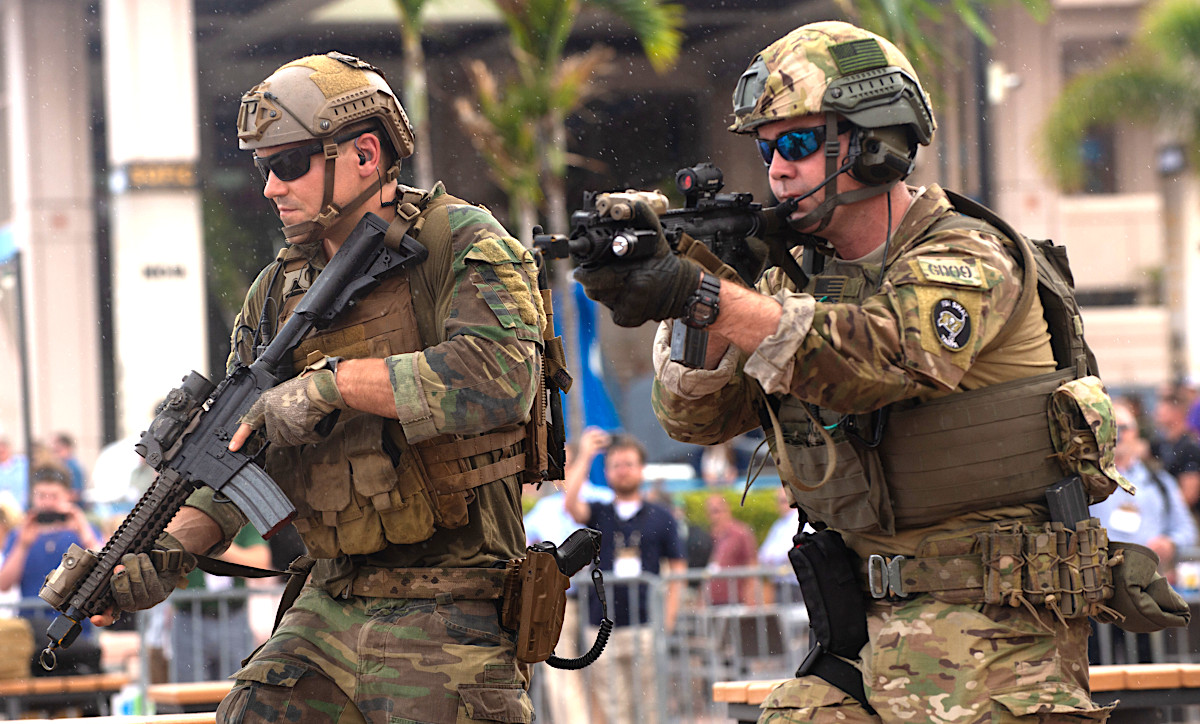
Still, SOCNORTH’s planned configuration for the vehicles does sound less robust than the one found on the WCHA’s Roadunners At the same time, the CRT’s command and control requirements are also unlikely to be as demanding as those for personnel charged with following around the President of the United States and ensuring that America’s chief executive remains in direct contact with the rest of the U.S. government, including the National Command Authority in case of the need to order a nuclear strike, at all times.
Using the modified Suburbans also generally makes sense for the CRT, which expects to find itself often operating with civilian agencies, such as the FBI, DHS, or the Department of State, which also typically use similar civilian-style SUVs. SOCNORTH’s personnel are less likely to stand out with these vehicles and they would be far less likely to add onerous and unique additional logistical requirements for mission planning.
If nothing else, SOCNORTH has made what appears to be a very sensible decision to take Roadrunners the WHCA was likely working to get rid of anyways and use them to bolster the CRT’s vehicle fleets without having to go through the often lengthy and costly process of acquiring all-new vehicles and having them modified to meet various U.S. military and other government standards. When fully modified, the SUVs look set to provide an important set of capabilities as the CRT continues to expand and evolve to take on greater responsibilities both within the United States and elsewhere in North America.
Contact the author: joe@thedrive.com
